

Josh Nevett
CarExpert's top five mid-size SUV reviews of 2025
2 Days Ago

Marketplace Editor
The top-selling Mazda CX-5 is set to live on in Australia, but its replacement may bear a different name.
Speaking with CarExpert at the Australian media launch of the all-new CX-60 premium SUV, Mazda Australia’s local managing director Vinesh Bhindi confirmed a successor to the company’s top-seller in the near future, though stopped short of confirming whether it would carry on the decade-old nameplate.
“CX-5 – there will be a next-generation model that will replace it. What’s it called? Let’s not debate about it,” Mr Bhindi said cheekily.
“Last October, one of our [global] executives confirmed it, so that’s exciting.”
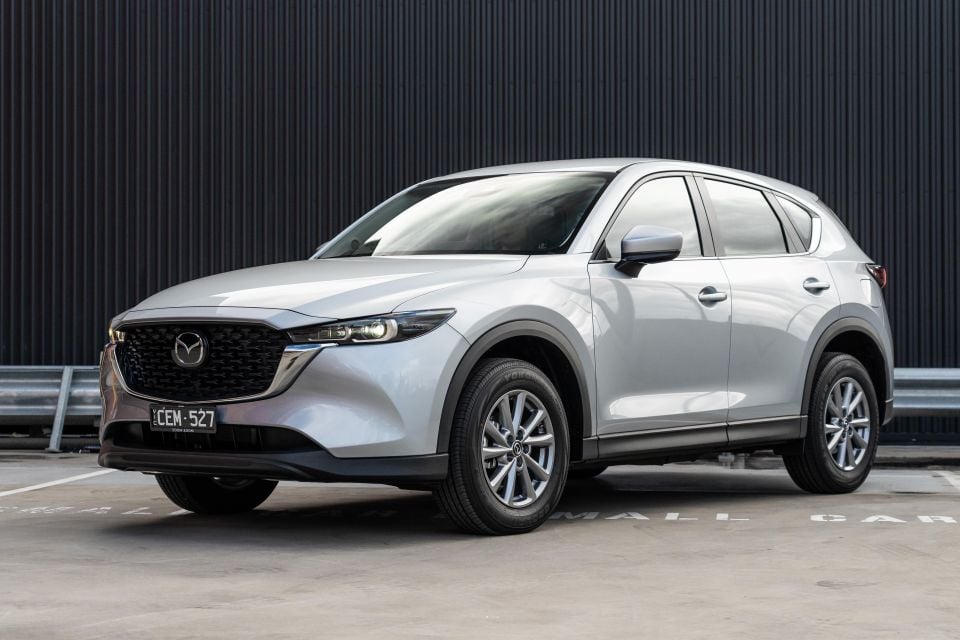
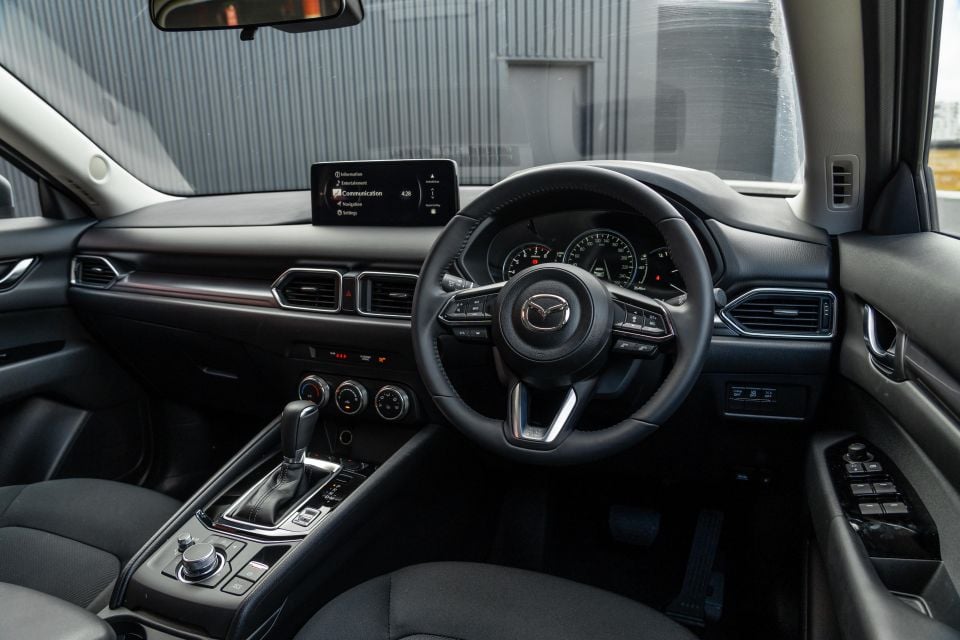
Mr Bhindi’s comments were prompted by questions around a potential expansion of the CX-60 line-up, which in the domestic Japanese market includes more affordable naturally aspirated four-cylinder petrol and a non-electrified inline six turbo-diesel, which are priced from around the same mark as a mid-spec CX-5 or low-grade CX-8.
“You have to remember CX-5 will co-exist, and it offers some of those powertrains [i.e. 2.5-litre petrol],” Mr Bhindi said.
“So our plan is: CX-5 will have its offering and its place, with CX-60 that step up. But all those options [for CX-60] are available for us to consider,” he added.
When asked if the open-ended response indicated an Australian debut for the CX-50 offered in overseas markets like China and the US, Mr Bhindi declined to comment further: “CX-50 already exists in the US” was the extent of his response.
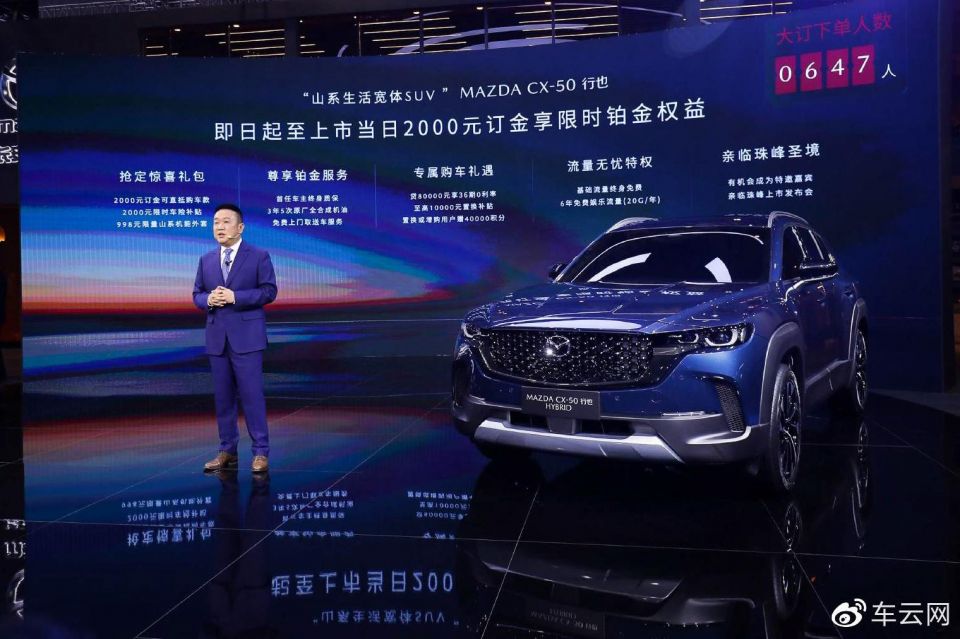
Mazda’s top-selling model globally is the CX-5 by some margin, and in Australia it’s easily the brand’s golden child on the sales charts despite its advancing age.
In 2022 there were 27,062 Mazda CX-5s registered in Australia, making it the second best-selling SUV in the country behind its arch rival, the Toyota RAV4.
So far in 2023 (to June 30) there have been 11,607 units registered, putting the CX-5 neck-and-neck with the Toyota RAV4 (13,523 units) and Mitsubishi Outlander (11,342 units) in the mainstream medium SUV sales race.
The CX-50 shapes as a logical replacement given it’s based on the newer Small Architecture that underpins the Mazda 3 and CX-30, and will soon add a hybrid version featuring Toyota technology. However as it stands, the CX-50 is not produced in right-hand drive.
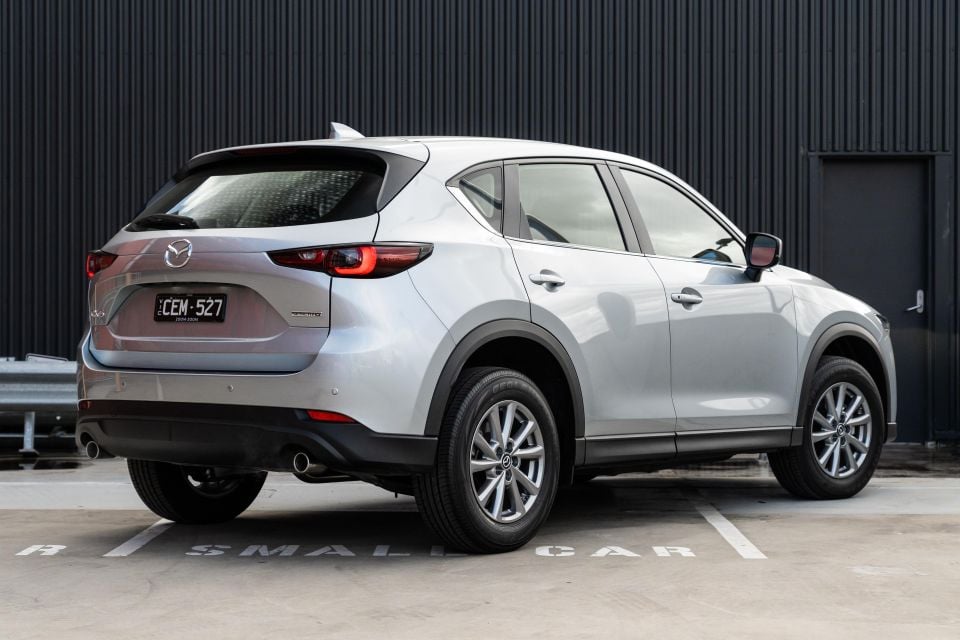
Mazda’s second-generation CX-5 first launched in the latter stages of 2016, and while billed as a new iteration it’s actually a heavily reskinned take of the original that dates back to 2012.
A gaping hole in the CX-5’s offering is the lack of electrification to take on the lacks of the Toyota RAV4 Hybrid. Globally, the extent of electrification available is a 24V mild-hybrid system fitted to naturally aspirated petrol versions of the CX-5 in Europe and the UK.
Mr Bhindi reiterated the company’s plans for an electrified onslaught around 2024-25, including a mix of hybrids (HEVs), plug-in hybrids (PHEVs) and battery electric vehicles (BEVs) across three key product architectures that also include the latest developments of the brand’s existing petrol, diesel and more recently rotary offerings.
Stay tuned to CarExpert for all the latest.
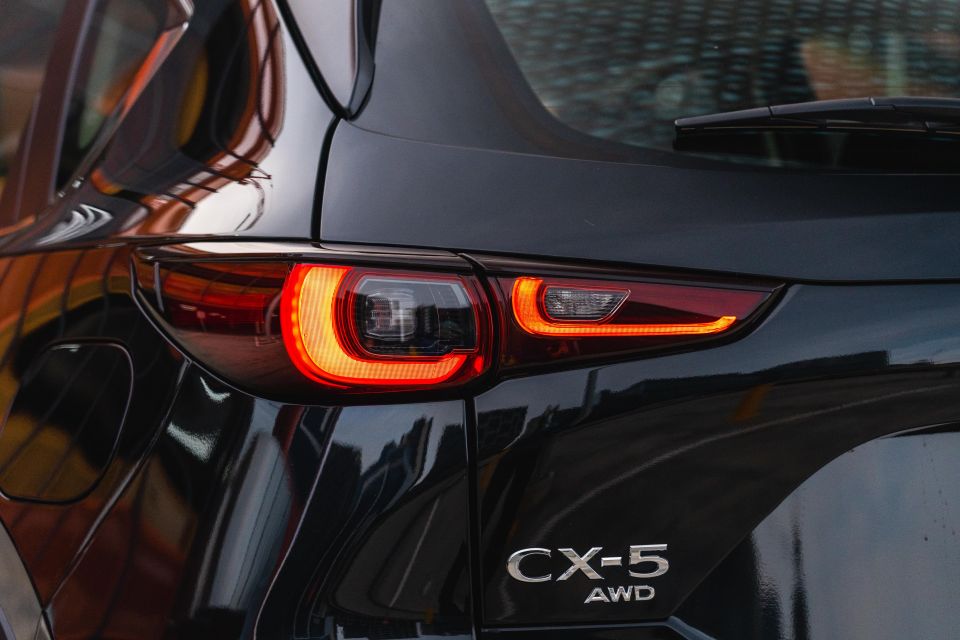
MORE: 2023 Mazda CX-60 review MORE: Everything Mazda CX-5 MORE: Everything Mazda CX-60
Where expert car reviews meet expert car buying – CarExpert gives you trusted advice, personalised service and real savings on your next new car.
James Wong is an automotive journalist and former PR consultant, recognised among Australia’s most prolific motoring writers.


Josh Nevett
2 Days Ago
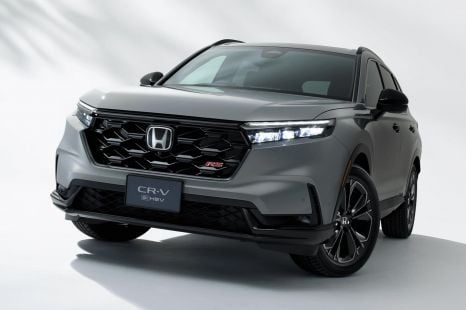

James Wong
3 Days Ago


Derek Fung
4 Days Ago


CarExpert.com.au
6 Days Ago
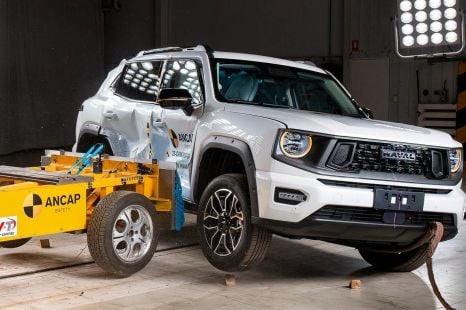

James Wong
6 Days Ago
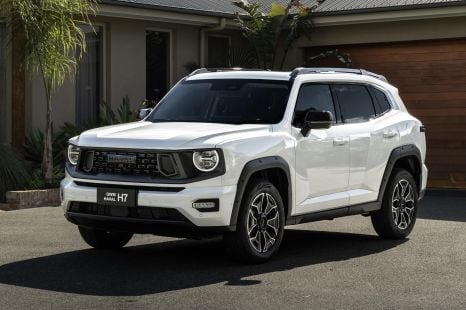

William Stopford
6 Days Ago